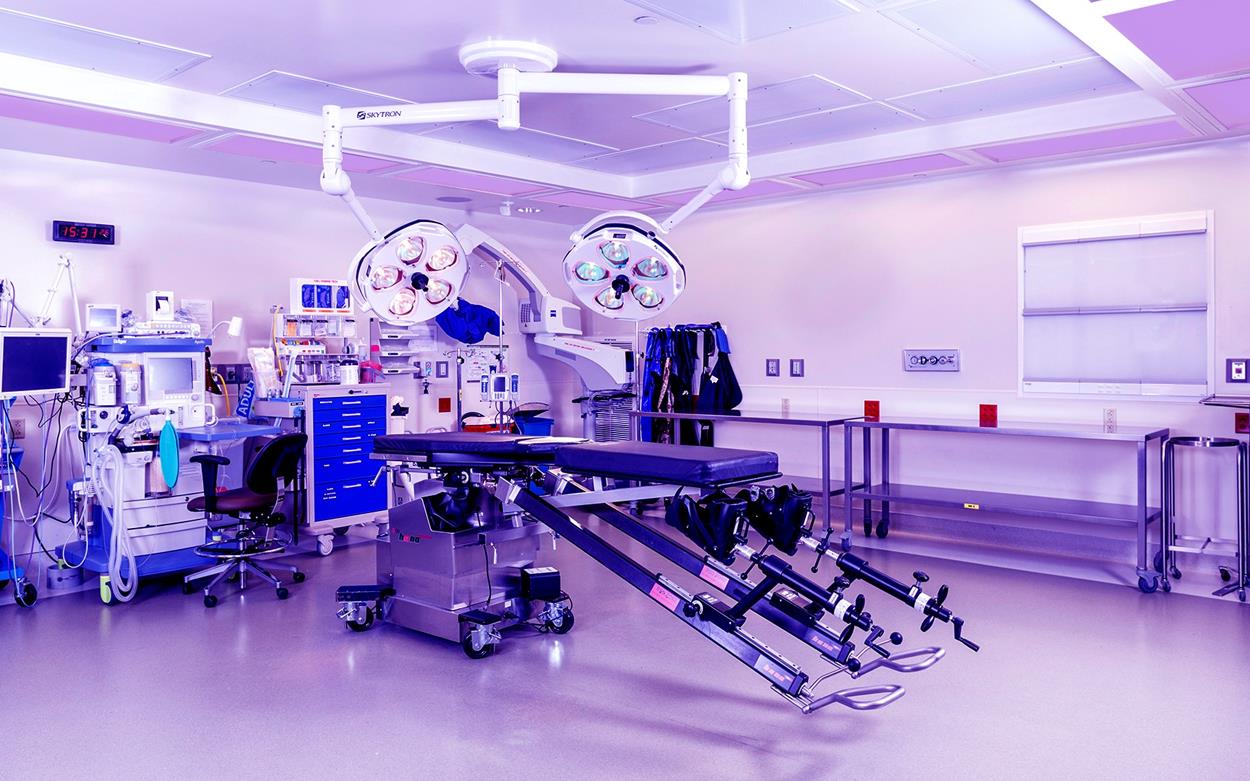
Bacteria have evolved. Some are even immune to the chemicals that are commonly used for cleaning and disinfecting. They are evolving, spreading, and becoming stronger and more dangerous – but what if there was a way to clean and disinfect without the harmful chemicals? There is – and we have been using it for millions of years – light.
How It Works
A study conducted by the University of Strathclyde in Scotland has shown a narrow spectrum of visible, indigo-colored light killed MRSA (Methicillin-resistant Staphylococcus aureus), C. difficile and VRE (Vancomycin-resistant Enterococcus), which are some of the most common harmful bacteria linked to hospital acquired infections (HAIs). Molecules within the bacteria absorb the High-Intensity Narrow Spectrum light which produces a chemical reaction killing the bacteria from the inside-out, and because it is visible light, it is safe for use in the presence of patients and staff, but lethal to pathogens.
Lowering Infections and Saving Money
Using light as a disinfectant tool can assist in reducing the number of HAIs. In the United States, it is estimated that HAIs contribute to at least 1.7 million illnesses, 99,000 deaths in acute care hospitals, and add tens of thousands of dollars to the cost of treating a single patient, resulting in $35-45 billion in excess healthcare costs each year.
While the current disinfecting methods in a healthcare environment are effective, they are also sporadic, causing results to be short-lived, as the bacteria re-populate the space rapidly. The ability to continuously treat hard and soft surfaces, as well as the air, will provide a substantial boost to disinfecting efforts.
At Energy Performance Lighting, we’re excited to see how LED lighting and controls can give healthcare providers an effective tool to ensure the safest and best environments for their patients.
Sources:
- University of Strathclyde. (2015, June 26). Light fixture kills bacteria safely, continuously. ScienceDaily. Retrieved October 26, 2018 from www.sciencedaily.com/releases/2015/06/150626105627.htm
- “Indigo Clean 2.” ecnmag.com, Daniel Seeger, 19 Aug. 2018 https://www.ecnmag.com/article/2018/08/different-light-indigo-clean-changes-disinfection-model



